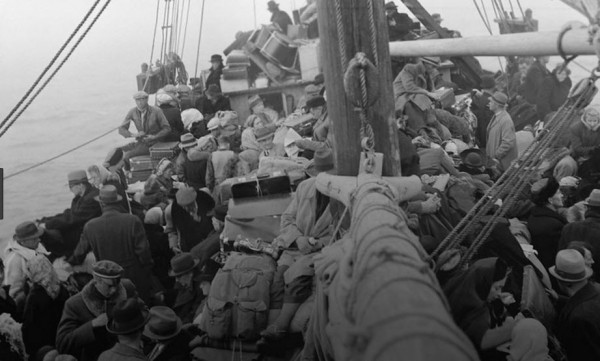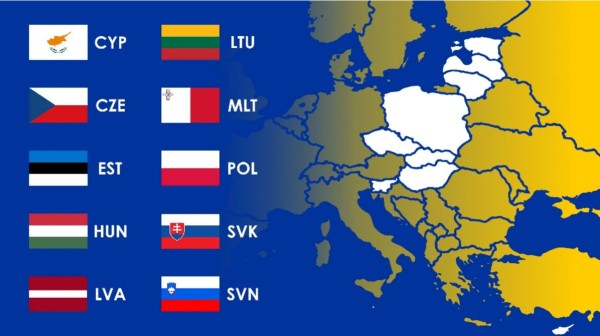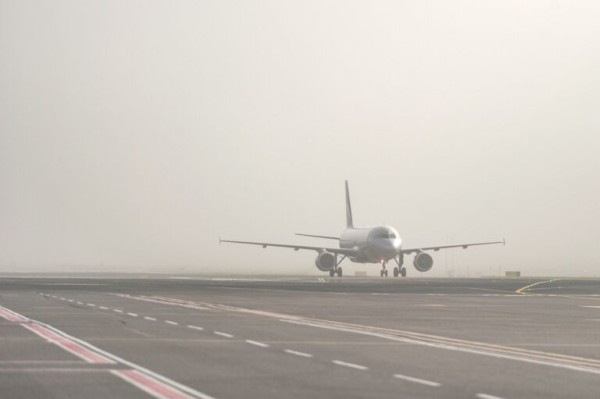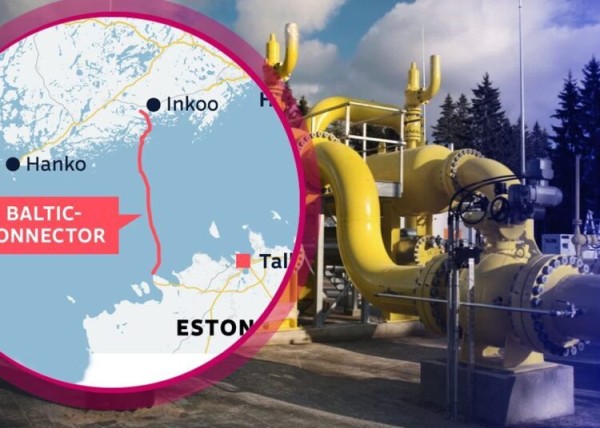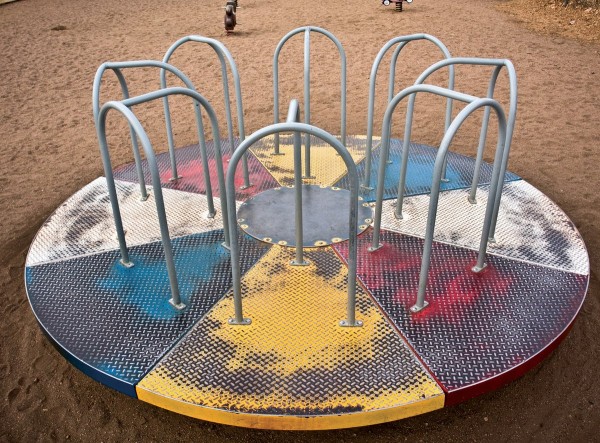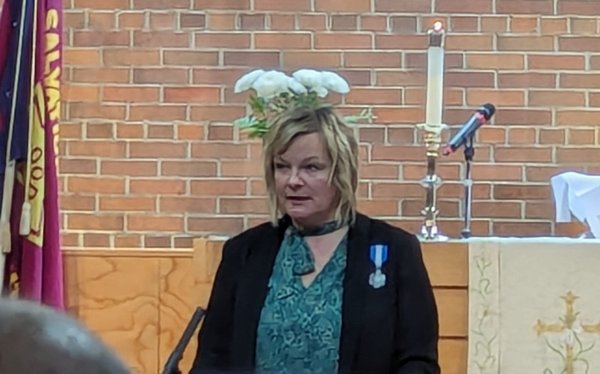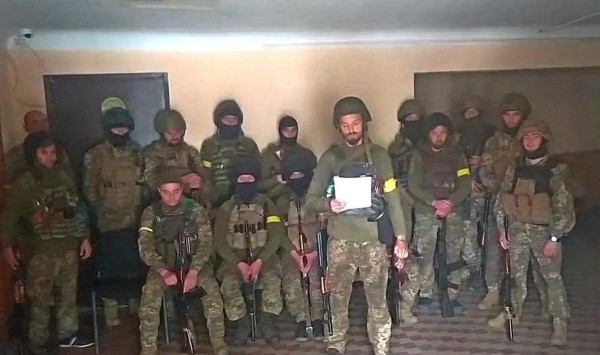Iivi Zajedova
September 2019 will mark 75 years since the huge exodus of Estonians fleeing from the oncoming Soviet terror. Fleeing was difficult both mentally and physically. It brought about a drastic change in life circumstances and resulted in a tragic end for many. To this day it is not known how many refugees died. They had to leave behind their homeland, possessions, often family, and a difficult adjustment awaited them in their new community. The fight for life, for national values, and the restoration of the Estonian Republic began in Swedish refugee and German DP camps (with the additional threat of forceful repatriation), using all possible means. The refugees were sure that this was a temporary exile – the West would not leave Estonia in the Soviet grip.
With the passing of time it became clear that the return home would not happen so quickly. In the countries of resettlement Estonians established Estonian societies, schools and supplementary schools, newspapers, publishing houses, choirs and folkdancing groups, theaters, and so forth, to keep alive Estonian traditions. With their own resources they built Estonian houses, and bought land (Kotkajärve, Seedrioru, Koitjärve, etc.) to teach their children Estonian and Estonian culture through camps (scouting and summer camps) to keep alive the Estonian spirit. They organized regional and worldwide festivals, which occur regularly to this day (for instance, the West Coast Estonian Days since 1953, Estonian Days in Australia since 1954, North American and Canadian Estonian Days since 1957, ESTOs since 1972, ESTIVAL since 1983). This consistency can be considered a phenomenal achievement.
Culture and politics were intertwined. What else were they but joint manifestations of the goal of the restoration of the Republic of Estonia!
In addition to the diplomatic fight abroad, which held high the principle of the legal continuity of Estonia (Consul Ernst Jaakson in New York, Estonian diplomat August Torma in London, honorary consuls in Canada), many Estonian and Baltic organizations joined in the fight: Estonian societies, veterans, the US Estonian central organization - Estonian American National Council (EANC )- and affiliated organizations: World Association of Estonians, Joint Baltic American National Committee (JBANC), and the Estonian World Council (EWC).
One must also mention the Baltic Appeal to the United Nations, or BATUN, established in Feburary 1966 in New York by Baltic youth. During the Cold War, BATUN pushed for the discussion of human rights in the United Nations, introduced the petition of 45 citizens of the Baltic states, and organized a sitting strike in front of the ``New York Times`` office entrance and stairs. As a result the newspaper began to turn more attention to events in the Baltic countries.
Canadian Central and East European communities organized a Black Ribbon Day committee in 1986, which began an international campaign on three continents to publicize the enduring result of the Molotov-Ribbentrop Pact. The same year saw Black Ribbon Day demonstrations in 21 cities, among them London, Washington, New York, Perth, Stockholm and Ottawa.
Contacts between Estonian refugees with non-Estonian organizations in their new countries of residence strengthened, and their combined influence was greater than that of the Estonians alone.
Several conferences have been held in Estonia on the topic of the Great Flight. The topic of establishing an official national day of commemoration was first brought up at a Tallinn University conference held on September 14, 2015. Estonia already commemorates as days of mourning the suffering of those sent to Siberia during the mass deportations of March 25 and June 14.
Today in 2018 we do not yet have a day commemorating the 1944 mass fleeing of Estonians. Indeed, knowledge of the reasons for the flight and the fight for Estonia by the Estonians resettling abroad is little known in Estonia. There are no monuments nor chapters in the Estonian school curriculum that cover these topics – why and when – nor the ``what`` of the fight of Estonians abroad for Estonian re-independence. This information has not reached a large majority of people in Estonia. When visiting Estonian communities abroad, a newcomer might ask, who are these people and why are they here? Why do we know so little about this in Estonia? We are one people, some in Estonia, others spread out globally; does this separation – lack of knowledge - need to remain?
If we Estonians in Estonia know so little about our compatriots` activities outside of Estonia, then we should not be surprised that the representatives of other nationalities in Estonia know nothing about the Great Flight and the fate of these Estonian refugees. Their only alternative is to believe propaganda coming from the East.
The spread of information about the 1944 Great Flight and the fight abroad for Estonia would be greatly aided by an annual remembrance of this event. Discussions at conferences in small audiences and passing remarks at jubilee anniversaries do not bring information to the general Estonian public.
And who would win if we approached each other and brought our global communities closer together? Obviously, Estonians as a whole – culturally, economically, and politically! And is there not then an assignment for the central organization of Estonians abroad, the Estonian World Council, and the Estonian Parliament and Estonian government? Interest in closer relations exists on both sides, but more must be done, and more quickly, to overcome the separate past.
We need to put a separate day of commemoration on our national calendar to recognize the contribution of Estonian refugees and their following generations to Estonia’s achievement of re-independence through the doctrine of legal continuity. Appropriate would be a day in September to remember those 1944 events, when an unknown number of Estonians perished on land as well as on sea in refugee boats, among them the large ship “Moero.”
On May 3, 2018, the Estonian World Council voted to accept this proposal at the annual meeting.

The Great Refugee Flight of 1944 and the importance of an Estonian National Commemorative Day (2)
Eestlased Eestis | 14 Sep 2018 | EL (Estonian Life)Eesti Elu
Viimased kommentaarid
Kommentaarid on kirjutatud EWR lugejate poolt. Nende sisu ei pruugi ühtida EWR toimetuse seisukohtadega.
On tõesti imelik, et ma ei leia siin mitte ühtegi sõna kirikust, mida eestlased organiseerisid kiiresti nii mitmetel maadel ja mis on püsinud isegi kui teised organisatsioonid on lõpetanud oma töö,
Eestlased Eestis
TRENDING






